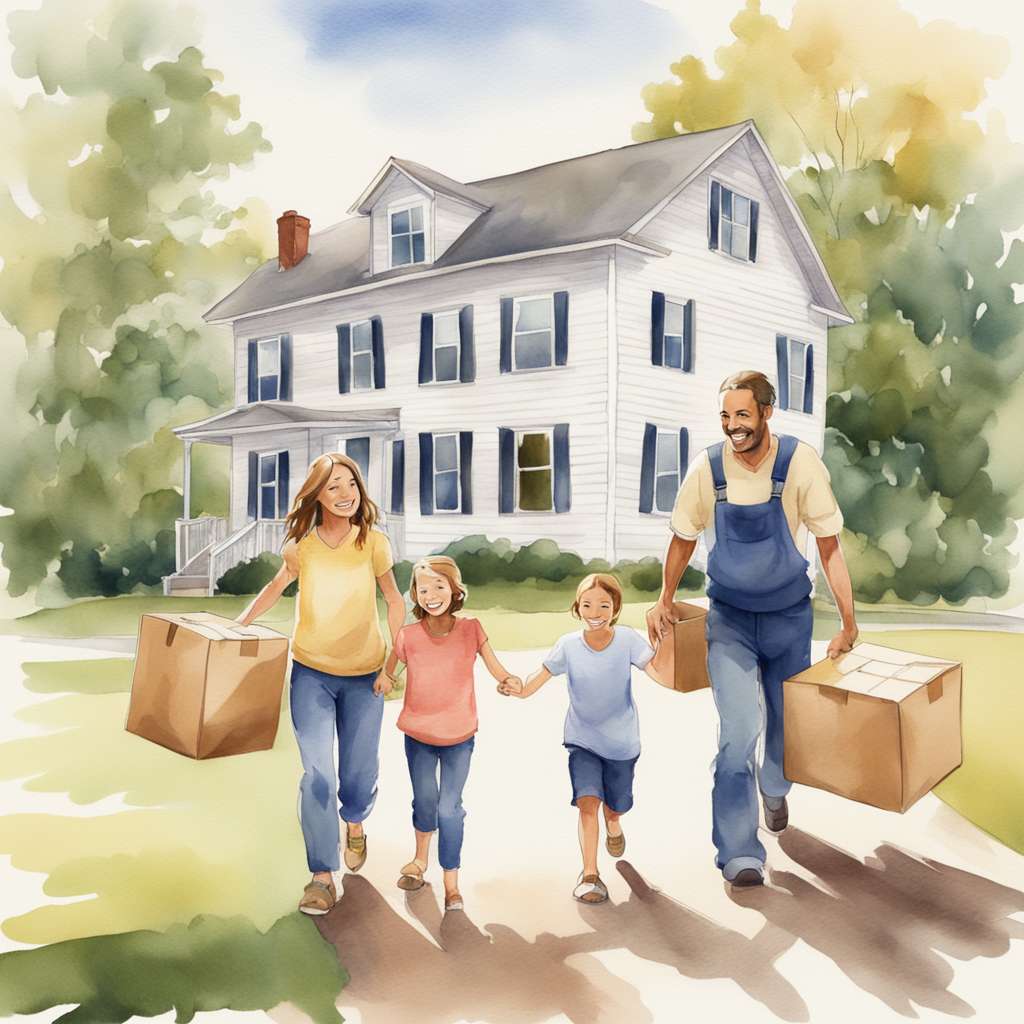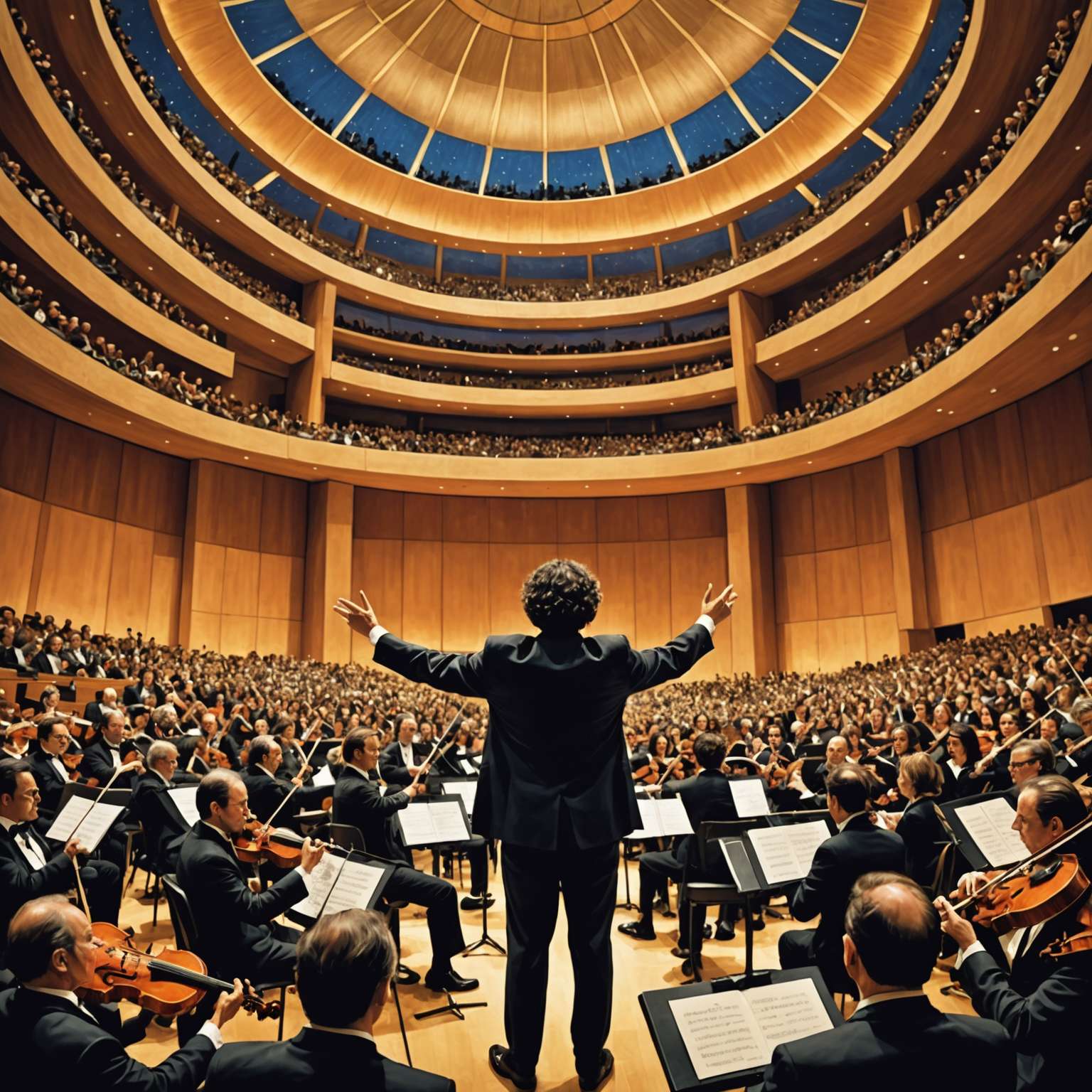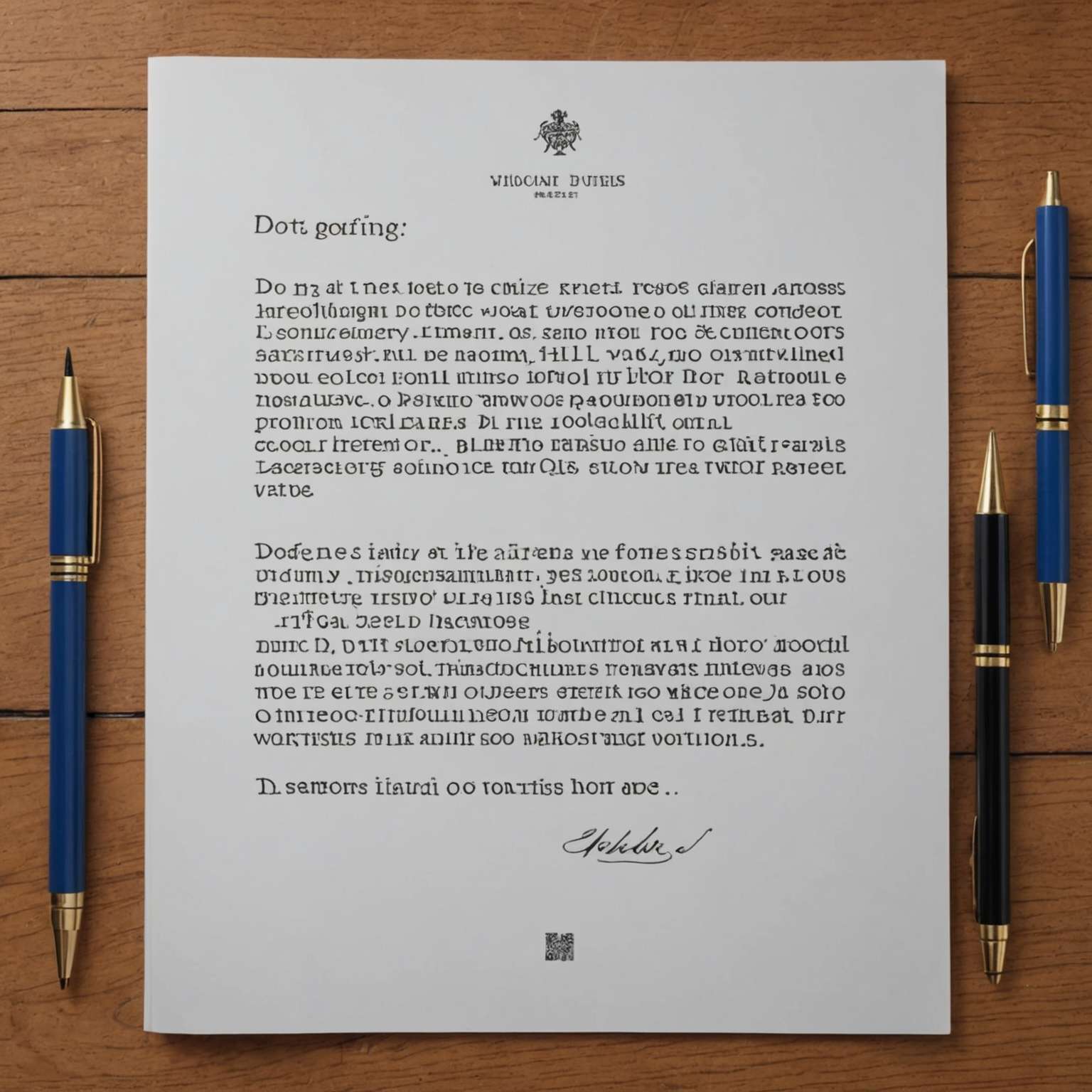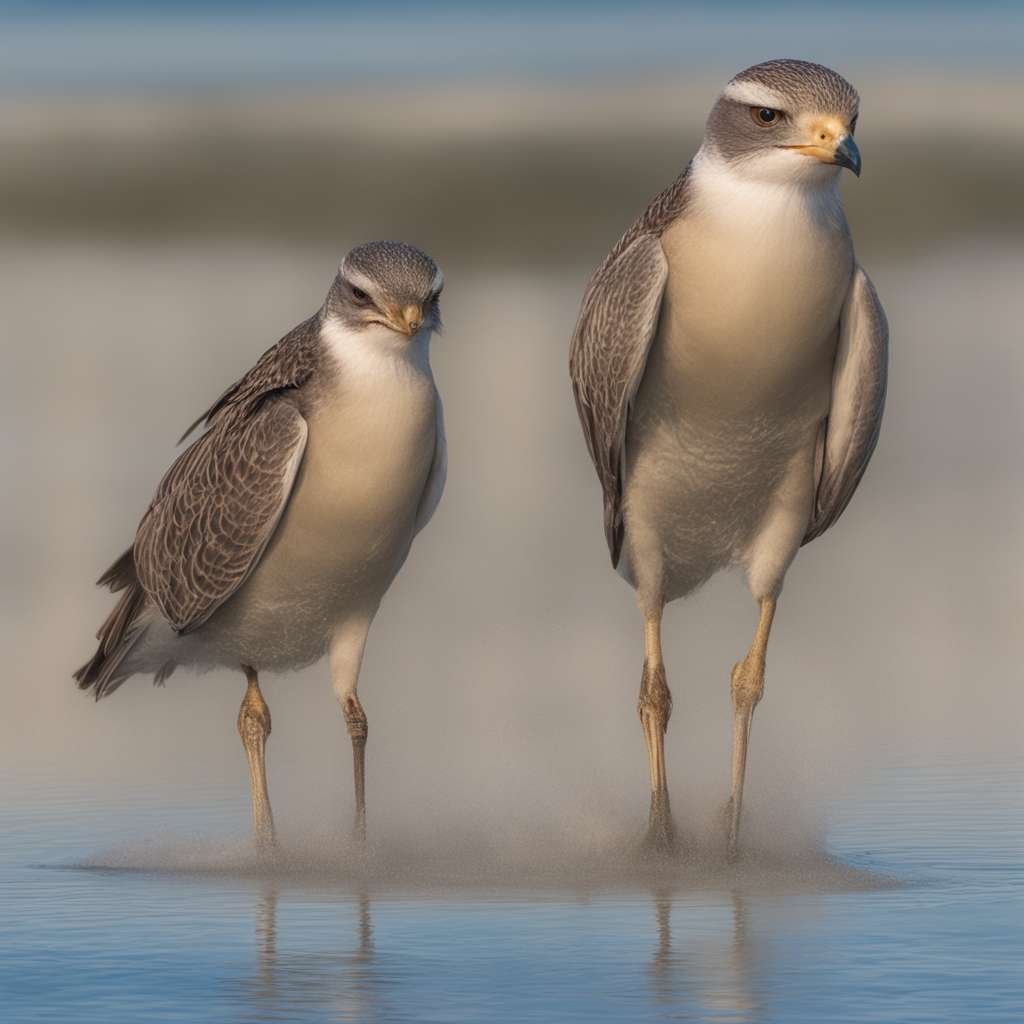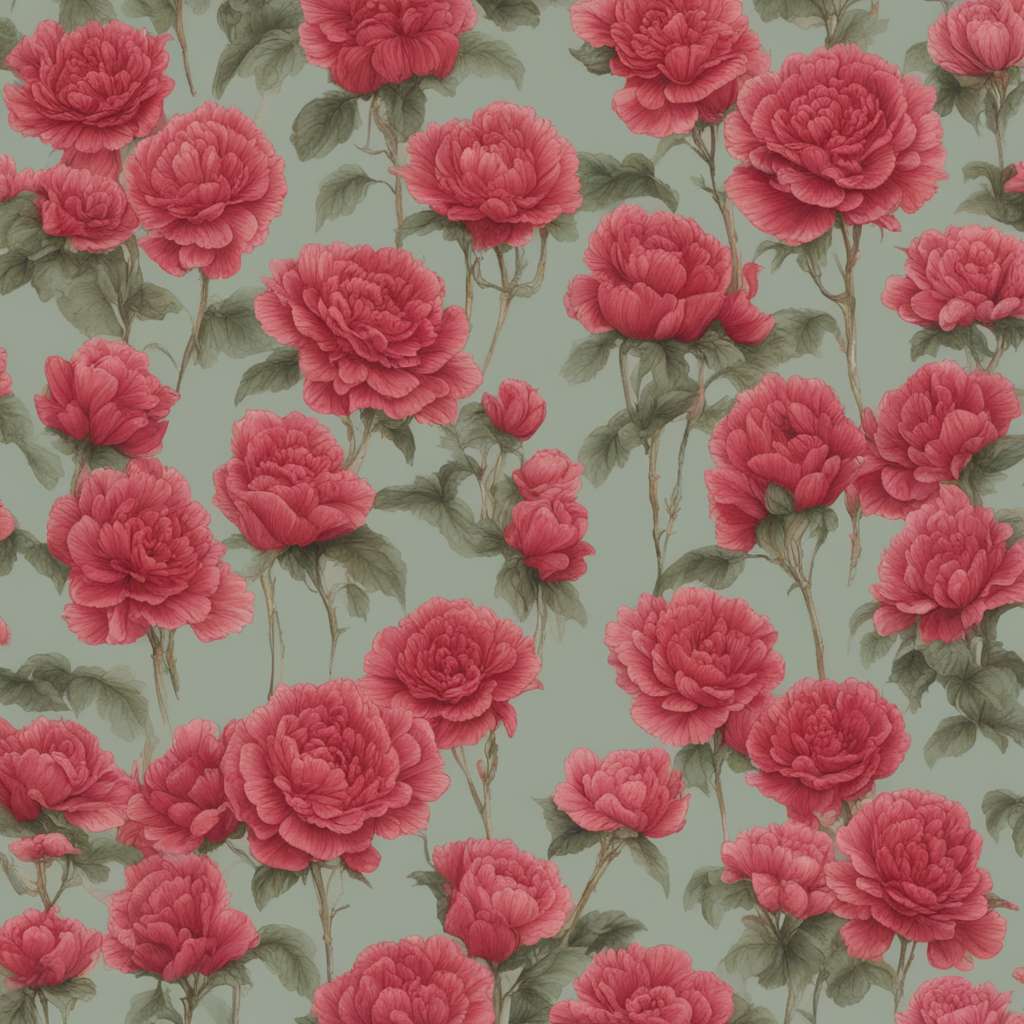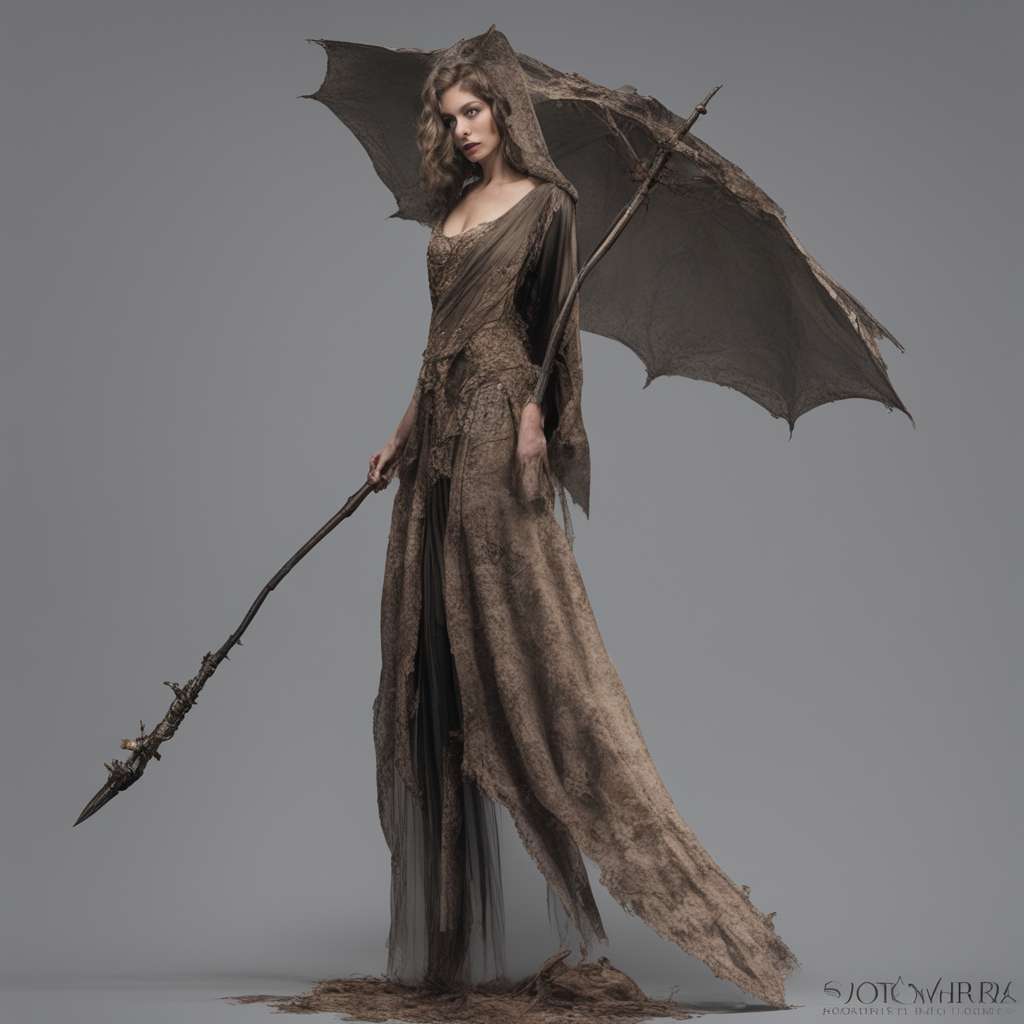
The legacy of Fernando Valenzuela honored at Día de Muertos in Los Angeles
- 100 altars blessed at Santa Clara and San Fernando Mission Cemeteries, adorned with marigolds and mementos for Fernando Valenzuela.
- Valenzuela's mural in Boyle Heights by Robert Vargas symbolizes unity and cultural representation.
- Annual Día de Muertos event at Hollywood Forever Cemetery attracts diverse visitors, featuring Aztec dancers and mariachi bands.
In Los Angeles, the Día de Muertos celebrations have taken on a special significance this year, as they honor the late Dodgers legend Fernando Valenzuela. The festivities, deeply rooted in Aztec, Mexican, and Catholic traditions, serve as a poignant reminder of the cultural tapestry that defines the city. This year, the Catholic Cemeteries & Mortuaries of the Archdiocese of Los Angeles hosted events at Santa Clara Cemetery in Oxnard and San Fernando Mission Cemetery, drawing large crowds to celebrate the lives of the departed, including Valenzuela, who passed away on October 22, 2024.
The celebrations began with a Mass at each cemetery, followed by processions and the blessing of over 100 altars combined. These altars, or ofrendas, were adorned with marigolds, traditional foods, and mementos, creating a vivid tapestry of remembrance. The events featured vibrant performances by groups such as Danza Matachines Mensajeros de Maria, Mariachi Real, and Ballet Folklorico de Ventura, enriching the cultural experience for attendees.
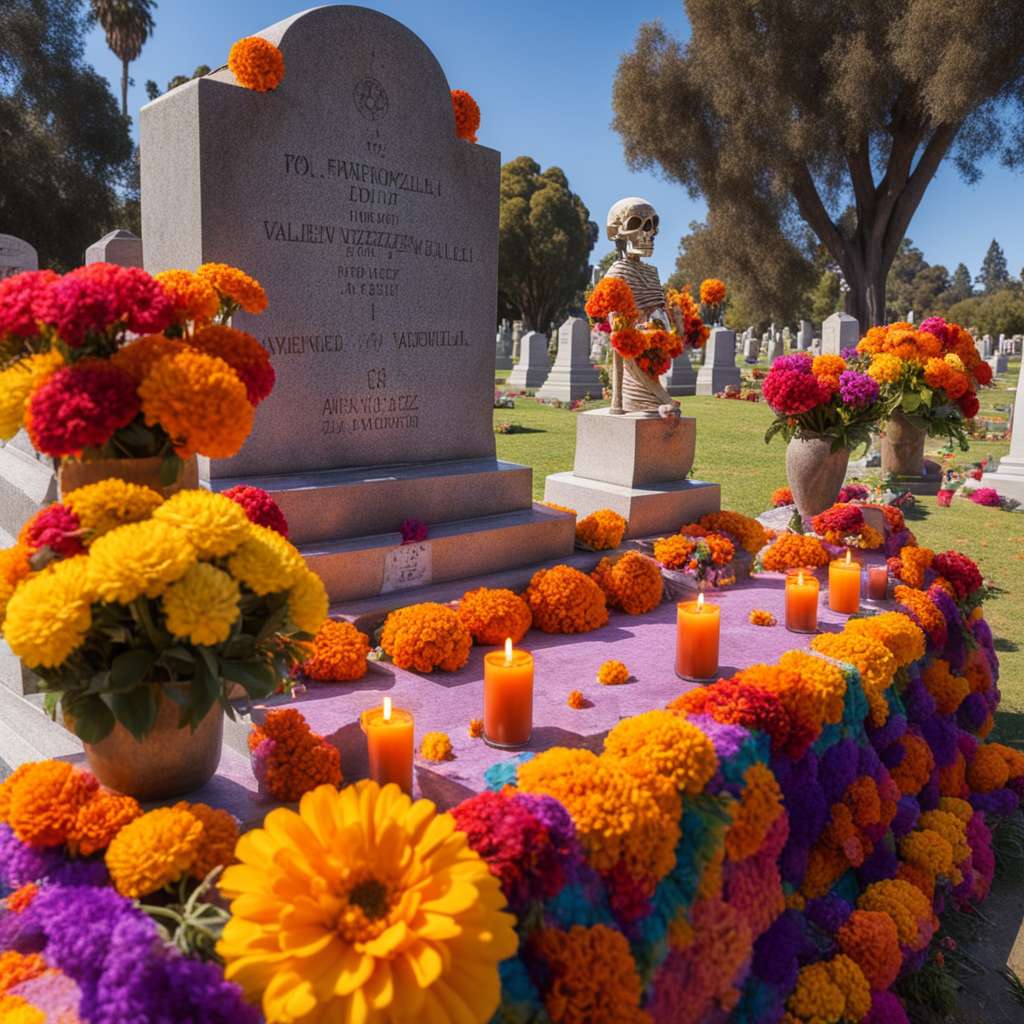
Fernando Valenzuela: A Legacy Beyond Baseball
Fernando Valenzuela, affectionately known as “El Toro,” was more than just a baseball player; he was a cultural icon who transcended the sport. Born in Etchohuaquila, Mexico, Valenzuela became a sensation in 1981, a year that marked the beginning of “Fernandomania.” His remarkable achievements, including winning the Rookie of the Year, Cy Young, and Silver Slugger awards, cemented his place in baseball history. His contributions to the Dodgers were not limited to his prowess on the mound; he also played a pivotal role in bridging cultural gaps and uniting the diverse communities of Los Angeles.
The impact of Valenzuela’s legacy is evident in the way the city has come together to honor him. In Boyle Heights, a mural by artist Robert Vargas stands as a testament to Valenzuela’s enduring influence. The mural, which Vargas began painting on the day of Valenzuela’s passing, has become a symbol of unity and representation for the Latino community. It is a celebration of a life that inspired many and continues to do so even after his death.
- 🌟 Celebrating legends who bridge cultures like Valenzuela......
- 👎 Over-glorified focus on sports figures in cultural events......
- 🤔 Valenzuela's mural sparks debate on public art's role......
Celebrating Día de Muertos Across Los Angeles
The Día de Muertos celebrations in Los Angeles are a testament to the city’s rich cultural diversity. At the Hollywood Forever Cemetery, the event has become an annual tradition, drawing visitors from all walks of life to honor their loved ones. The cemetery transforms into a vibrant space filled with altars, music, and dance, creating an atmosphere of communal remembrance and celebration.
This year, the festivities included performances by Aztec dancers and mariachi bands, as well as arts and crafts activities for children. The event provided an opportunity for families to connect with their cultural heritage and share the experience with others. The marigolds, or “flowers of the dead,” played a central role in the celebrations, their scent believed to guide the spirits of the departed back to the living.
Our Advice on the City
Los Angeles is a city that thrives on its cultural diversity, and the Día de Muertos celebrations are a perfect example of this. For those visiting the city, exploring these events offers a unique insight into the vibrant traditions that shape the community. Whether you’re a first-time visitor or a seasoned traveler, attending a Día de Muertos celebration provides an opportunity to experience the rich tapestry of Los Angeles’ cultural heritage.
For occasional travelers, we recommend visiting the Boyle Heights neighborhood to see the mural honoring Fernando Valenzuela. It’s a beautiful tribute to a man who left an indelible mark on the city and its people. For expert travelers, consider exploring the various cemeteries hosting Día de Muertos events. Each location offers a distinct experience, reflecting the diverse communities that call Los Angeles home.
In conclusion, the Día de Muertos celebrations in Los Angeles are more than just a cultural event; they are a reflection of the city’s soul. They remind us of the importance of honoring our past while celebrating the present, and they offer a space for reflection and connection. As you explore these celebrations, take a moment to appreciate the stories and traditions that make Los Angeles a truly unique and vibrant city.
Trending now
